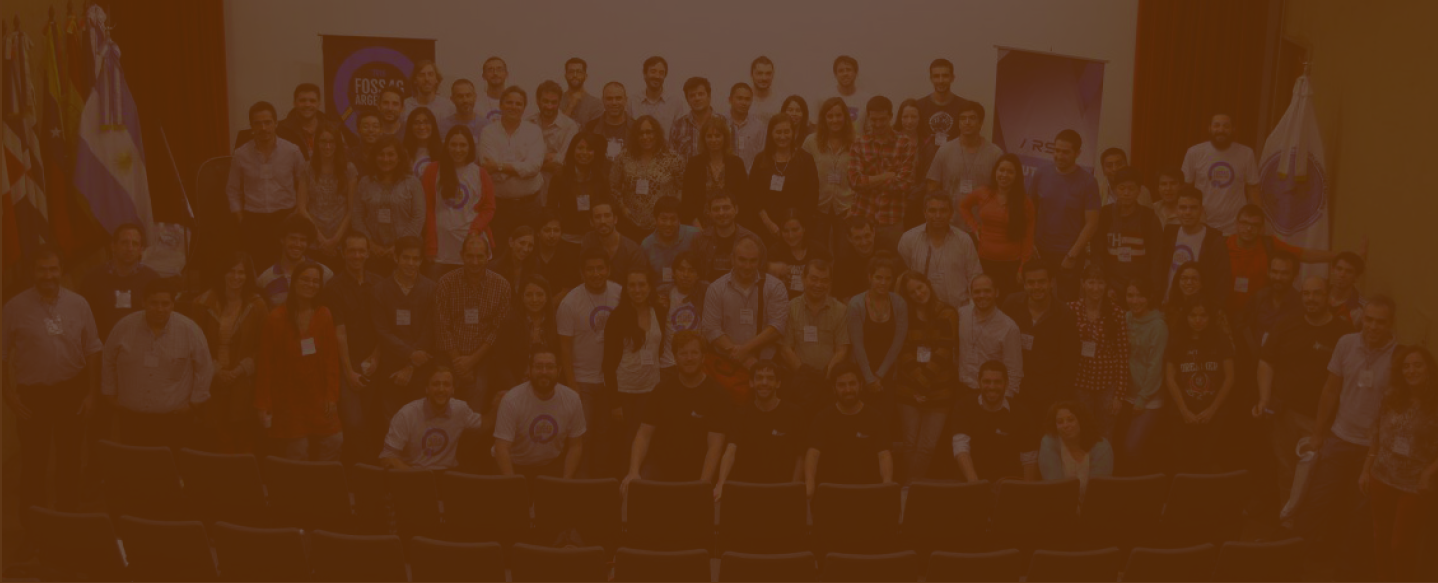Bertrand Parpoil
Director of operations at Oslandia, Bertrand has worked in the GIS field for 15 years in various positions. Since his arrival at Oslandia, he has been carrying out consulting and audit missions for his clients in order to help them migrate towards opensource
Sessions
Innersource is the use of open source practices... within companies for their own and internal needs.
Software development is no longer an ancillary aspect of the activities of large companies and many actors believe that "classic" project methodologies lead to failure and are a source of suffering for the teams.
As a consequence, the innersource movement is rising, and is supported by the spread of so-called agile methodologies because it is a broader reflection on "how to produce sustainable, quality IT projects".
What are the objective and quantified reasons that lead companies to adopt innersource approach ? What is the expected return on investment ? What are the limits of the approach and its links with open source in general ? How is Innersource positive for the OpenSource movement ?
We will present how specific companies put innersource into action, as a few of them allow public communication of their program. The approach is wide-ranging because it deals with technical aspects, but also, and above all :
- governance of projects
- human organization necessary for its operations
- legal aspects of ownership and IP
- communication carried out by the company
Innersource programs also provides feedbacks on successes and failures, improvements needed and key issues. These experiences can be very useful for opensource communities to improve their own processes. We will broaden the presentation by showing how the choice of IT project methods translates into human systems.
Giswater is an open-source application for management and exploitation of hydraulic infrastructure elements in both water supply and urbain drainage. It uses database and graphic representation in any kind of geographic information system (GIS).
Starting in 2015 with a Java driver able to connect to EPANET, EPA SWMM andHEC-RAS, the application has gradually evolved towards SQL and advanced functionalities in QGIS.
Giswater is also a hydraulic simulation tool and, more broadly, a complete business tool.
It is also a support for the sharing of workloads, through a user association and an ecosystem of technical contributors who can help the project to evolve. The community animation is done in particular through seminars.
The presentation will include a few demonstrations of the functionalities of Giswater

